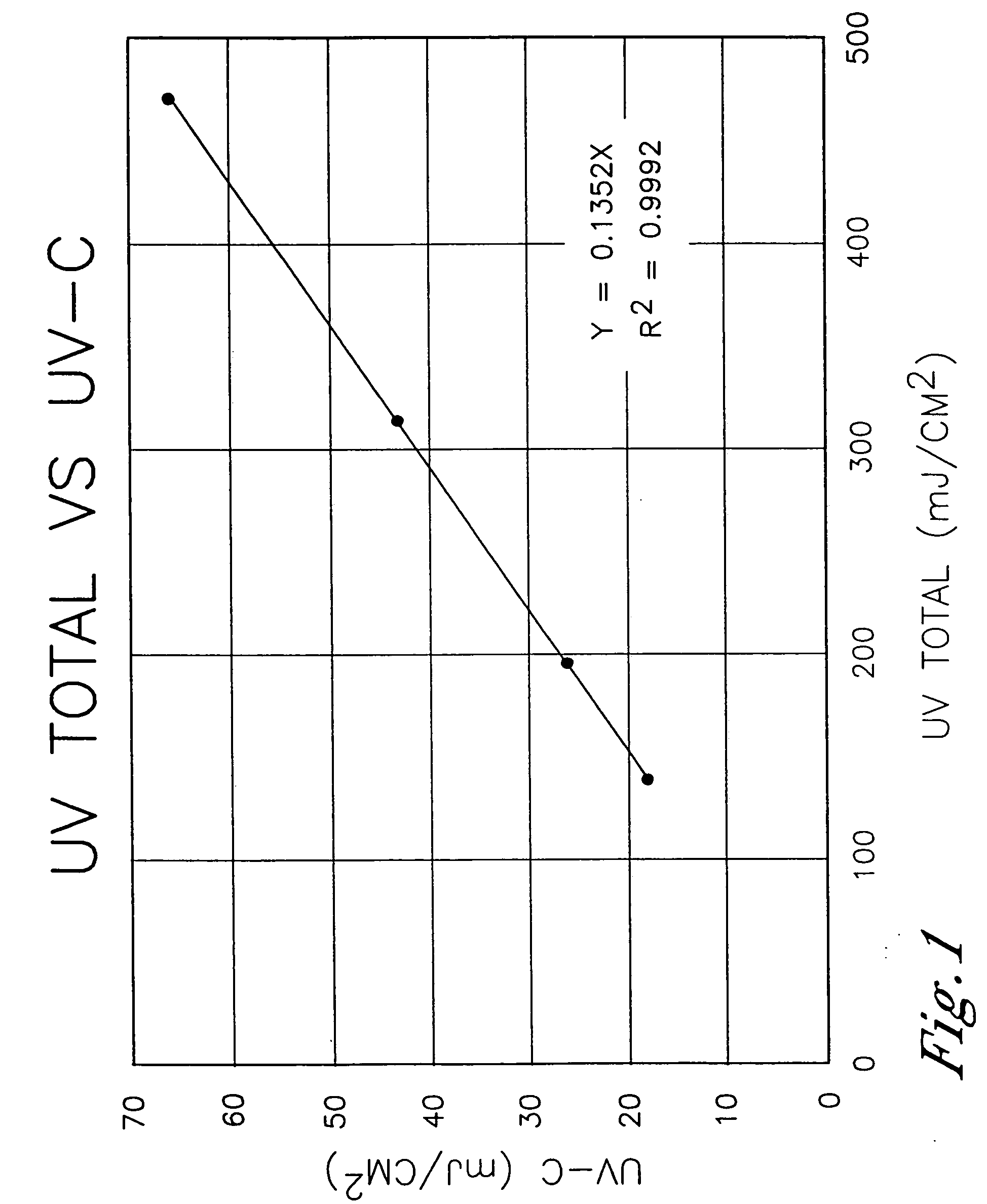Aromatic-acrylate tackifier resins
a technology of acrylate and tackifier resin, which is applied in the direction of adhesive types, impression caps, transportation and packaging, etc., can solve the problems of inability to utilize tackifiers, inability to use commercial tackifier resins in certain applications, and skin sensitivity, and achieve low residual solvent concentration, low residual monomer concentration, and low skin sensitivity
- Summary
- Abstract
- Description
- Claims
- Application Information
AI Technical Summary
Benefits of technology
Problems solved by technology
Method used
Image
Examples
##ventive example 1
Inventive Example 1
Synthesis of the Inventive Styrene-Acrylate Tackifier Resins
[0120] Styrene-acrylate tackifier resins were produced in a high-pressure reactor using a fed batch method. Xylene was used as a solvent and was pumped into the reactor and heated with stirring under nitrogen atmosphere to 150° C. The monomers (styrene, acrylic acid, and 2-ethyl hexyl acrylate) and 2% by weight initiator based on the weight of the monomers were mixed to produce a monomer-initiator feed stream. The monomer-initiator feed stream was added gradually to the hot solvent over two hours to produce a reaction mixture. During the addition of the monomer-initiator feed, the reaction temperature was maintained at 150° C.
[0121] After the monomer-initiator feed stream addition was completed, the reaction mixture was stirred for another 30 minutes at this temperature and at a pressure of about 3 bar. Subsequently, a small amount of initiator was post-added, and the process was maintained for another ...
example 3
Variation of Monomer Repeating Unit Amounts in Styrene-Acrylate Tackifier Resins—Effect on Properties
[0125] The amount of the monomer repeating units in the styrene-acrylate tackifier resins were varied using the same process as described in Example 1, and the resulting properties of the styrene-acrylate tackifier resins were monitored. The results of these experiments are given in Table 5.
TABLE 5Variation of Monomer Amounts in Styrene-Acrylate Tackifier Resins - Effect on Properties2-ethylAcidacrylichexylnumberExp.styreneacidacrylateMDSPColourmgMMAPMpMnMwMzNowt %wt %wt %° C.GardnerKOH / g° C.DaltonDaltonDaltonDalton3.12557044.90.1396 71233519 8358159213.225156084.40.41127 8462372910139211983.3252550114.90.618715 77253390 9382189763.438.311.75095.90.288410100409911752237663.538.318.343.3112.90.31301610916385912729274593.64555076.20.335−211030443412299238963.7452530141.20.71723212128408718170520903.851.711.736.7116.40.2871512560471214004276493.9552025142.70.5141311241839531481532181...
example 4
Skin Sensitivity of the Tackifier Resin
[0127] A local lymph node assay test (LLNA) in mice was performed to determine if the styrene-acrylate tackifier of Formulation II in Example 1 has skin sensitivity properties. Under the experimental conditions, there were no indications that the styrene-acrylate tackifier resin of Formulation II (see Example 1) had sensitizing properties.
[0128] The basic principle underlying the LLNA is that sensitizers induce a primary proliferation of lymphocytes in the lymph node draining the site of chemical application. This proliferation only occurs with allergens and is proportional to the dose applied. Therefore, the LLNA provides a simple means of obtaining an objective, quantitative measurement of sensitization.
[0129] Hexyl cinnamic aldehyde was used as a positive control. The hexyl cinnamic aldehyde was mixed in acetone / olive oil to a concentration of 25% by volume. A mixture of acetone and olive oil in a 4:1 ratio was used as a negative control....
PUM
| Property | Measurement | Unit |
|---|---|---|
| temperature | aaaaa | aaaaa |
| cloud point | aaaaa | aaaaa |
| Mn | aaaaa | aaaaa |
Abstract
Description
Claims
Application Information
 Login to View More
Login to View More - R&D
- Intellectual Property
- Life Sciences
- Materials
- Tech Scout
- Unparalleled Data Quality
- Higher Quality Content
- 60% Fewer Hallucinations
Browse by: Latest US Patents, China's latest patents, Technical Efficacy Thesaurus, Application Domain, Technology Topic, Popular Technical Reports.
© 2025 PatSnap. All rights reserved.Legal|Privacy policy|Modern Slavery Act Transparency Statement|Sitemap|About US| Contact US: help@patsnap.com

